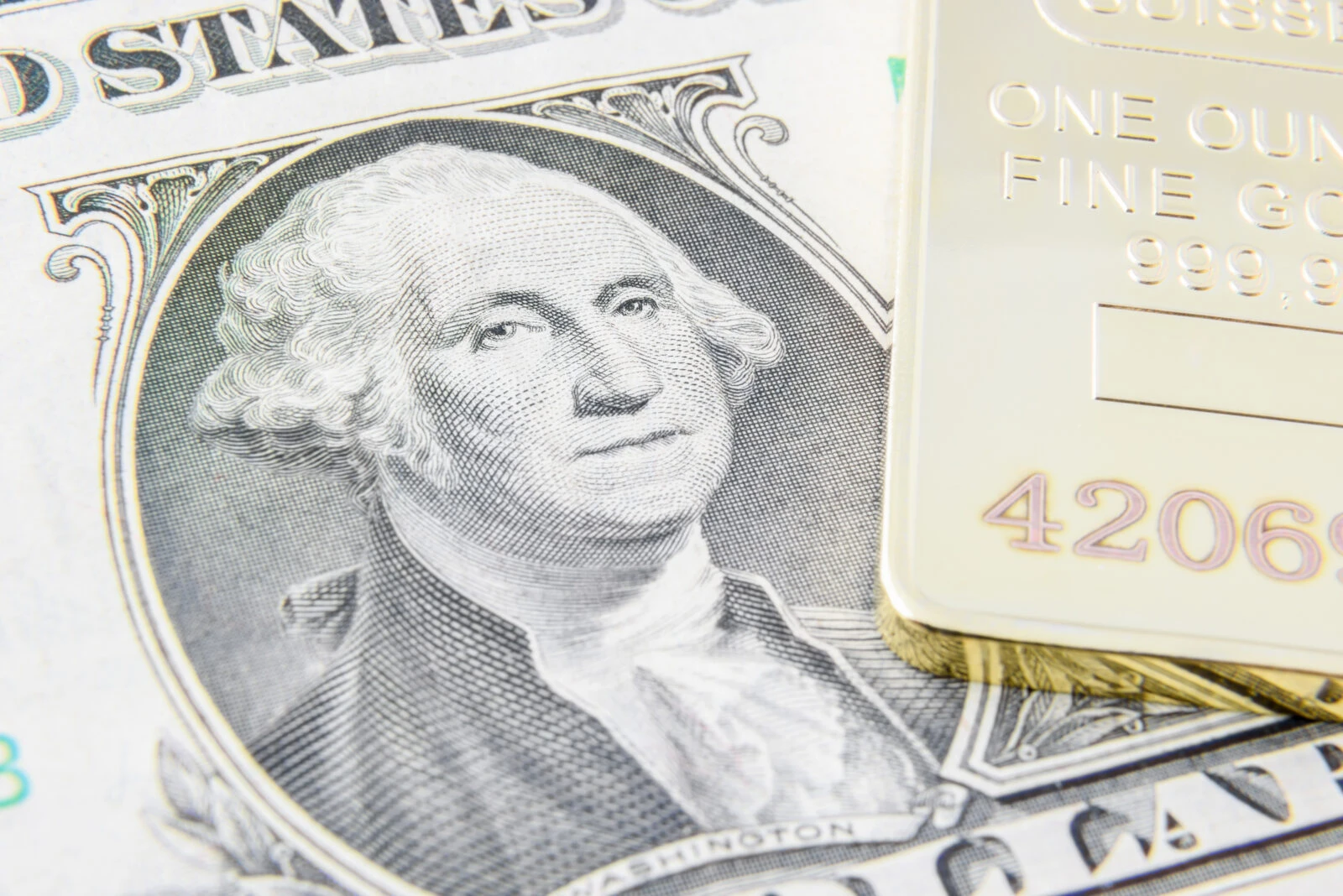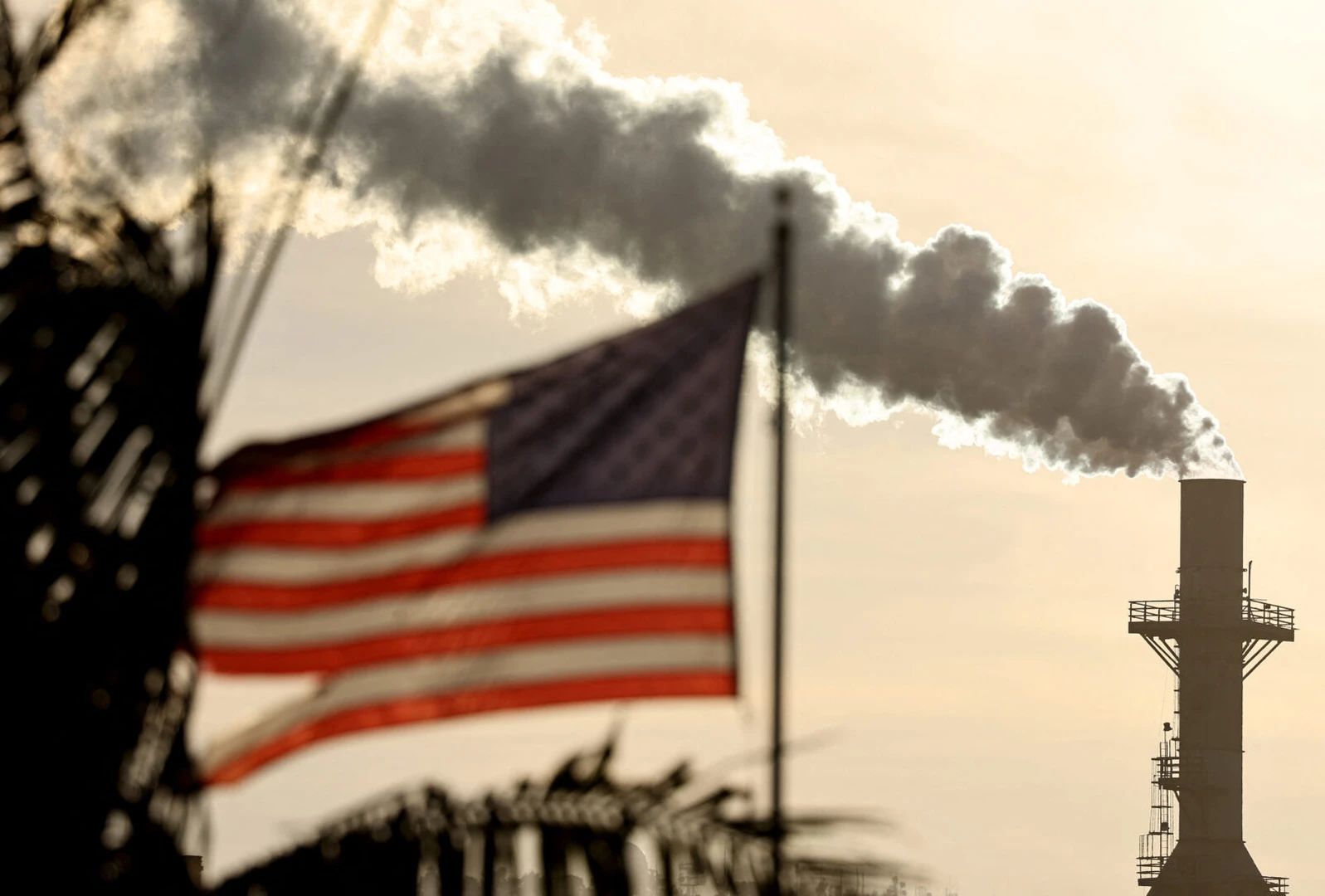Commodity markets rise amid Trump tariffs, escalating trade tensions
 Stacks of shipping containers sit at the Port of Baltimore in Baltimore, Maryland, on Mar. 31, 2025. AFP Photo)
Stacks of shipping containers sit at the Port of Baltimore in Baltimore, Maryland, on Mar. 31, 2025. AFP Photo)
Tariffs imposed by U.S. President Donald Trump pushed commodity markets higher last week, led by gains in precious metals and energy prices amid geopolitical developments.
Trump’s executive order imposing a 25% tariff on imported cars and trucks, set to take effect on April 2, aims to bolster domestic manufacturing. However, critics and analysts argue that it has increased uncertainty surrounding potential interest rate cuts by the U.S. Federal Reserve.
Chicago Fed President Austan Goolsbee signaled that the Fed may delay its next rate cut due to ongoing economic volatility.
Gold sustains its rally, silver gains momentum
Geopolitical tensions and a surge in safe-haven demand propelled gold to record highs last week, as investors sought security amid rising trade looms. The upward momentum carried into this week, with gold prices climbing past the $3,100 mark by Monday—highlighting continued market anxiety and strong institutional interest in the metal as a protective asset.

Amid central bank buying and haven flows, gold hit a record $3,086.79 before ending the week at around $2,085 per ounce. Platinum, palladium, and silver also climbed, with gains of 0.8%, 1.3%, and 3.3%, respectively.
Copper prices surged to $5.33 per pound last week, marking their highest level in 10 months. The rally was driven by a tightening global supply, a weakening U.S. dollar, and continued demand support from China, the world’s largest consumer of industrial metals. However, prices later retreated slightly, settling at $5.08 per pound.
Nickel also posted gains, rising 2.5% over the week, while other base metals saw declines. Aluminum fell by 2.3%, lead by 0.8%, and zinc by 3%, as markets responded to shifting demand forecasts and inventory levels.
Trump threatens tariffs on Venezuela oil buyers
In the energy sector, oil prices recorded modest increases, as brent crude rose 0.9%, supported by a larger-than-expected drawdown in U.S. stockpiles and growing concerns about potential disruptions in supply from Venezuela and Iran.
Adding to the uncertainty, U.S. President Donald Trump announced that any country purchasing oil or gas from Venezuela would face a 25% tariff on trade with the United States, raising fears of further geopolitical strain in the market.

Meanwhile, natural gas prices on the New York Mercantile Exchange (NYMEX) climbed 2.7%, bolstered by increased domestic demand in the U.S, particularly as seasonal consumption patterns begin to shift.
Russia-Ukraine cease-fire talks weigh on wheat prices
Agricultural commodities saw mixed movement. Wheat fell 5.3% and corn dipped 2.4% as Russia-Ukraine cease-fire hopes boosted expectations for uninterrupted grain exports via the Black Sea.
Soybeans and rice rose 1.2% and 0.7%, respectively, supported by rising palm oil prices. Cotton jumped 2.5%, while sugar and coffee declined 3.4% and 3%, respectively. Cocoa ended the week up 3.6% per ton.
Ethanol output declines and rising U.S. stockpiles also weighed on corn, while U.S. Department of Agriculture (USDA) data and ongoing weather conditions remain key factors for agricultural pricing in the weeks ahead.



